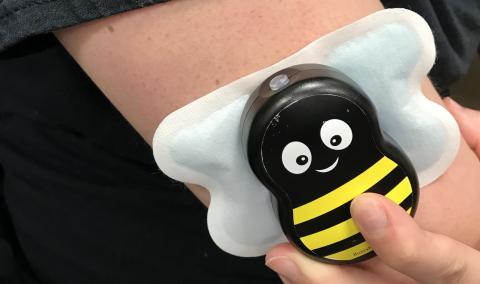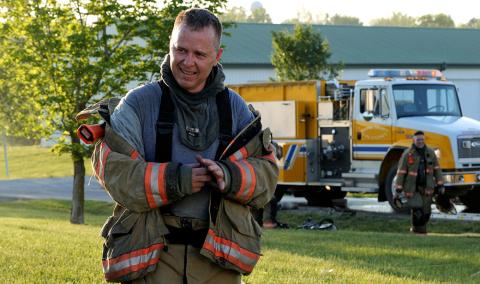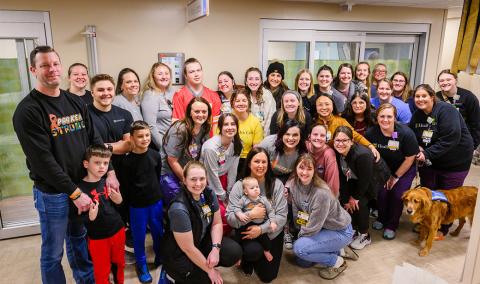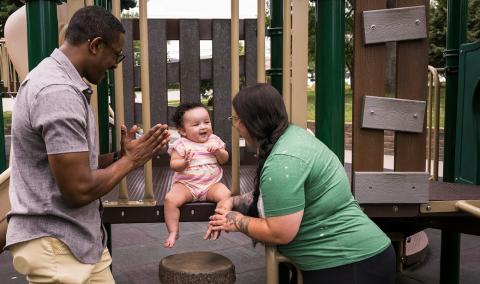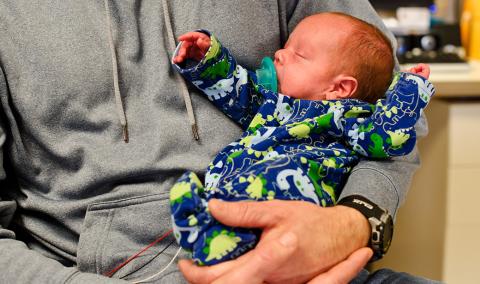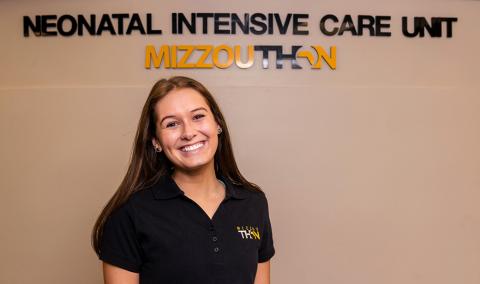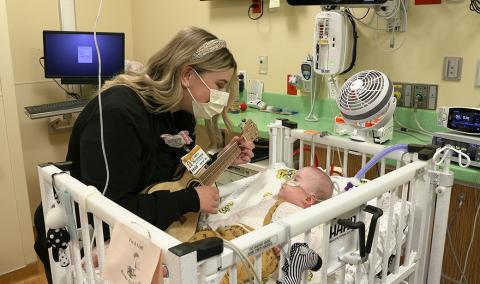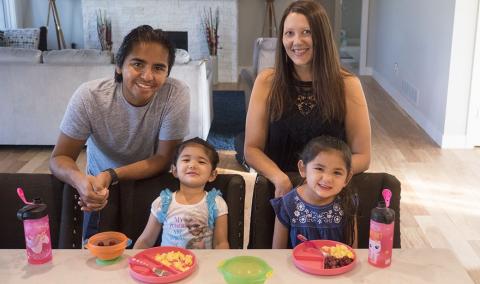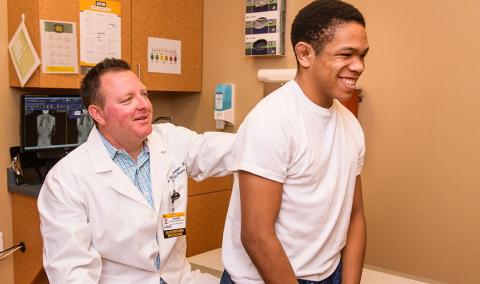Chest wall disorders can affect your child’s heart and lungs. At MU Health Care, our expert team is dedicated to managing and correcting these conditions in kids, teens and adults.
We have a special clinic just for kids with chest wall disorders, the only one of its kind in mid-Missouri. Whether your child was born with a disorder or developed one during adolescence, we can help. Our board-certified specialists partner with other experts to develop a complete care plan for your child.
Your child’s care team may include:
- Pediatric surgeons: Offer many minimally invasive and open surgery, as well as innovative treatment options.
- Pediatric surgery nurse practitioners: Help manage your child’s care plan and provide education for the entire family.
- Pediatric cardiologists: Care for heart-related issues caused by malformations.
- Pediatric pulmonologists: Can address shortness of breath and other lung-related issues.
- Physical and occupational therapists: Guide your child through exercises that can help strengthen muscles and improve posture.
- Pediatric neurologists: Can help when chest wall disorders pinch nerves and cause pain, as well as help evaluate the effects of our innovative nerve freezing.
Symptoms of Chest Wall Disorders
Chest wall disorders can affect your child’s appearance in different ways. Warning signs of a chest abnormality include:
- A “sunken chest”
- A breastbone that pushes forward, called a “pigeon chest”
- A bell-shaped or fan-shaped chest
- An uneven, or asymmetrical, chest
Many chest wall disorders don’t cause symptoms, but some can cause:
- Chest pain
- Heart palpitations
- Shortness of breath
- Inability to exercise for long periods of time
- Dislocated collarbones
- Poor body image or low self-esteem
Getting Help for Chest Wall Disorders
If your child has these signs or symptoms of a chest wall disorder, contact your child’s primary care provider. Or you can reach out to our team directly.
Types of Chest Wall Disorders
At Children’s Hospital, we provide specialized care for common to highly complex chest wall disorders in kids and teens, including:
- Pectus excavatum: Also called “sunken chest” or “funnel chest,” happens when chest cartilage pushes the breastbone and ribs inward.
- Pectus carinatum: Also called “pigeon chest,” occurs when chest cartilage pushes the breastbone forward.
- Poland syndrome: A condition in which your child’s chest wall muscles and ribs don’t fully develop or never develop.
- Slipped rib: Occurs when a lower rib moves out of place and pinches the nerve underneath it.
- Congenital rib abnormalities: Structural issues with the ribs that are present at birth.
- Jeune syndrome: A narrow, bell-shaped chest that causes difficulty breathing.
- Jarcho-Levin syndrome: A short torso and “fan-like” ribcage that also affects breathing.




